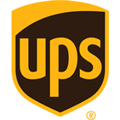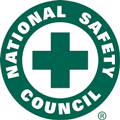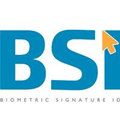An ode to Angry Drivers
“Wes” is a professional man who, if you saw walking on the street, you’d easily imagine being jumped by a few teen punks and getting beaten up for his wallet. Wes is nearing retirement age, has a potbelly, doesn’t work out, has grey hair—hardly an imposing figure.
 But look out when he gets behind the wheel of his car. Cut him off and he’ll give you the finger and holler out obscenities.
But look out when he gets behind the wheel of his car. Cut him off and he’ll give you the finger and holler out obscenities.
“Dan” has two cars: an old beater and a corvette. He’s mellow in the beater, but something comes over him in the corvette.
Experiments show that the anonymity of being enclosed by two tons of steel, and the group participation aspect of driving (others are also on the road), cultivate a new level of anger and fury in drivers who are otherwise rather complacent people.
An article on wired.com mentions an experiment by Ed Diener in which kids were given an opportunity to steal candy on Halloween under various controlled circumstances. The kids stole more when the givers didn’t require their identification, and when the kids were part of large groups, vs. when they were alone and not revealing their names.
This is a no-brainer, but this principle applies to the driver. This is de-individualization: anonymity and group activity. Add to that some sensory overload and emotional arousal, and you have the recipe for road rage.
An added element to the driver is that he can’t intelligently communicate to the other motorist who cut him off or otherwise p’d him off. So drivers resort to rudimentary communication: the finger, a fist, holding down the horn, flashing the brights.
How often shall we give a rude or “stupid” driver the benefit of the doubt? Maybe the driver tail-gaiting you at 80 mph has a passenger who’s in labor. But come on, there are so many irresponsible drivers, you know as well as I that very few have a legitimate excuse for doing something dumb.
Like all those people who drive at night without their headlights on.
And if you’ve ever been pissed off that someone took the parking space you were waiting for, ask yourself if you had your blinker on to let that person know you were there first and waiting. If you were just sitting there without a blinker on for that parking space, maybe the other “jerk” thought you were waiting to drive straight through the lot. But you went ahead and keyed their car anyways.
The wired.com article points out that angry drivers operate on emotion, not logic.
Solutions
- The article suggests to add a passenger. Sounds great—if you can find someone who’s willing to be your passenger every time you drive.
- View images of gruesome car accident aftermaths. This might shake you up into being more patient, and thus, safer, on the road.
Robert Siciliano personal and home security specialist to BestHomeSecurityCompanys.com discussing burglar proofing your home on Fox Boston. Disclosures.


































